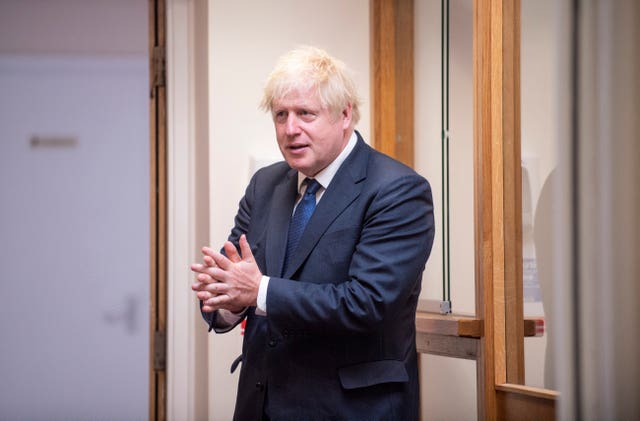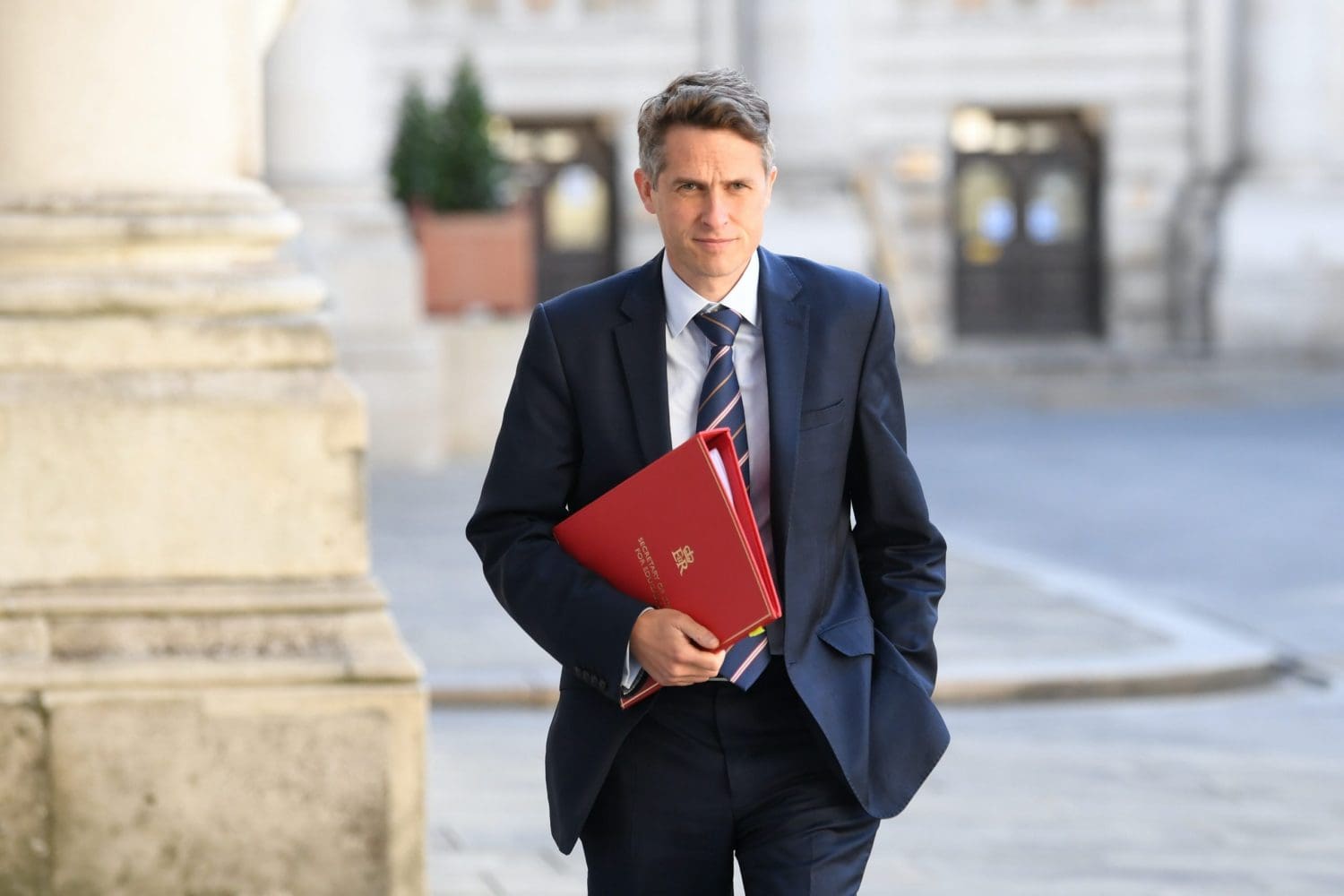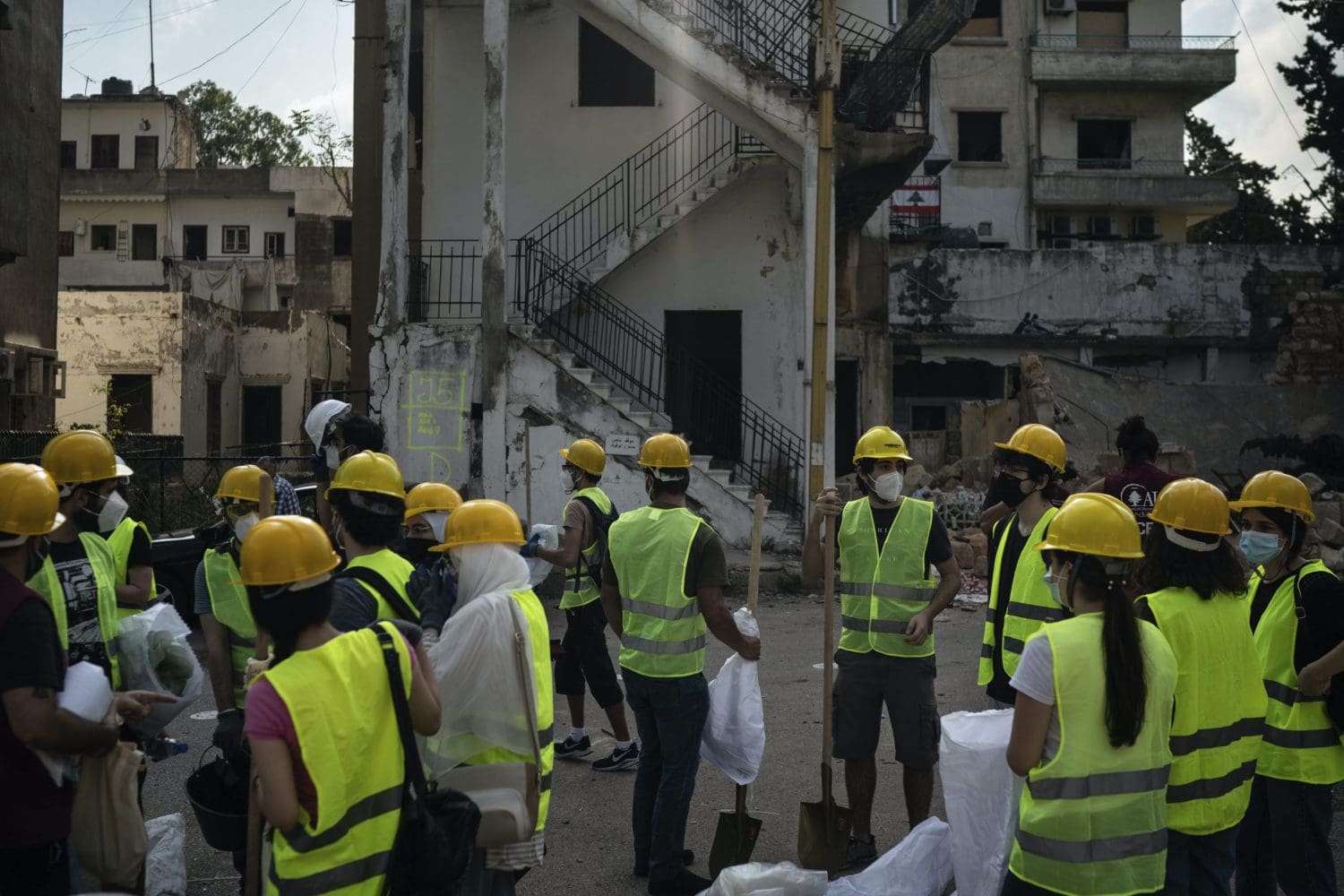The number of people waiting longer than 18 weeks for routine hospital treatment in England is at the highest level since records began.
New figures show numbers rose to more than 1.85 million in June, topping the 1.79 million recorded in August 2007.
Data from NHS England also showed urgent cancer referrals dropped by a fifth on the same month last year, rising to 43% for breast cancer.
A total of 153,134 urgent cancer referrals were made by GPs in England in June, down from 194,047 in June last year – a drop of 21%.
Urgent breast cancer referrals decreased from 14,885 to 8,495.
The figures are “worryingly low” and suggest “an alarming backlog of undiagnosed cancer” as well as a growing number of people yet to start treatment, warned Sara Bainbridge, head of policy and influence at Macmillan Cancer Support.
She said: “This could directly impact on many of these people’s chances of survival.
“To ensure services are able to catch up we need the government to deliver the recovery plan promised and continue to address the scale of the challenge by securing more staffing and resources.”
NHS England’s June 2020 cancer waiting times show the number of people getting urgently referred by their GP for suspected cancer is still worryingly low – 21% lower than the same time last year – and the number of people starting treatment also remains below expected levels. 1/5
— Macmillan Cancer Support (@macmillancancer) August 13, 2020
She urged people with cancer symptoms to contact their GP “to limit the potentially detrimental, long-term impacts of delays in diagnosis”.
The monthly data, published on 13 August, showed the number of people waiting more than 52 weeks to start hospital treatment rose to 50,536, up from 1,089 in June last year, and the highest number for any calendar month since February 2009.
Just 52% of people were seen within 18 weeks, the records for June show, against a target of 92%.
The number of patients admitted for routine treatment in hospitals in England was down 67% compared with a year ago.
A total of 94,354 patients were admitted during the month, down from 289,203 for the same time last year.
A small number of trusts did not submit data or the information was incomplete, but NHS England said that factoring in estimates based on the latest data submitted for each missing trust, the total number of patients waiting to start treatment at the end of June may have been four million.
Dr Nick Scriven, past president of the Society for Acute Medicine, said: “These are worrying times for the NHS given the threat of a second wave of Covid-19 in addition to all of the other pre-existing issues such as bed capacity, staffing, funding and social care provision.
Prime Minister’s #NHS winter funding announcement “welcome but of limited benefit” says SAM past president @nickscr1 in today’s #news – full response here https://t.co/kN9cOBFRLY pic.twitter.com/FR4EdbZbnK
— SAM Online (@acutemedicine) August 11, 2020
“Performance remains poor and concerning and, with what we know will be a challenging winter ahead, it will take more than a token cash injection announced by the prime minister this week to make up for years of neglect.”
Earlier this week Boris Johnson announced that NHS trusts across England will receive £300m to upgrade facilities ahead of the winter amid fears of a second wave of coronavirus.
The prime minister said the additional cash would enable hospitals to maintain essential services and reduce the risk of Covid-19 infection during the coming months.

A&E attendances at hospitals in England were down 30% last month compared with a year ago, with NHS England saying the “significantly lower” attendance was “likely to be a result of the Covid-19 response”, suggesting people are staying away from emergency departments because of coronavirus.
A total of almost 1.6 million attendances were recorded in July, down from around 2.3 million in the same month last year.
Emergency admissions to A&E departments at hospitals in England were down 15% from 554,069 in July 2019 to 472,646.
The June figures show more than half a million patients in England had been waiting more than six weeks for a key diagnostic test after being referred by a GP.
A total of 540,593 patients were waiting for one of 15 standard tests, including an MRI scan, non-obstetric ultrasound or gastroscopy. The equivalent number in June 2019 was 40,099.
Dr Scriven described the figures for diagnostics test as “scandalous”.
He said: “We are particularly worried by the ongoing crisis in accessing diagnostic tests with the total number of patients waiting six weeks or more from referral for one of the 15 key tests at 540,600 – 47.8% of the total number of patients waiting – which, given the target is 1%, is scandalous.”

















